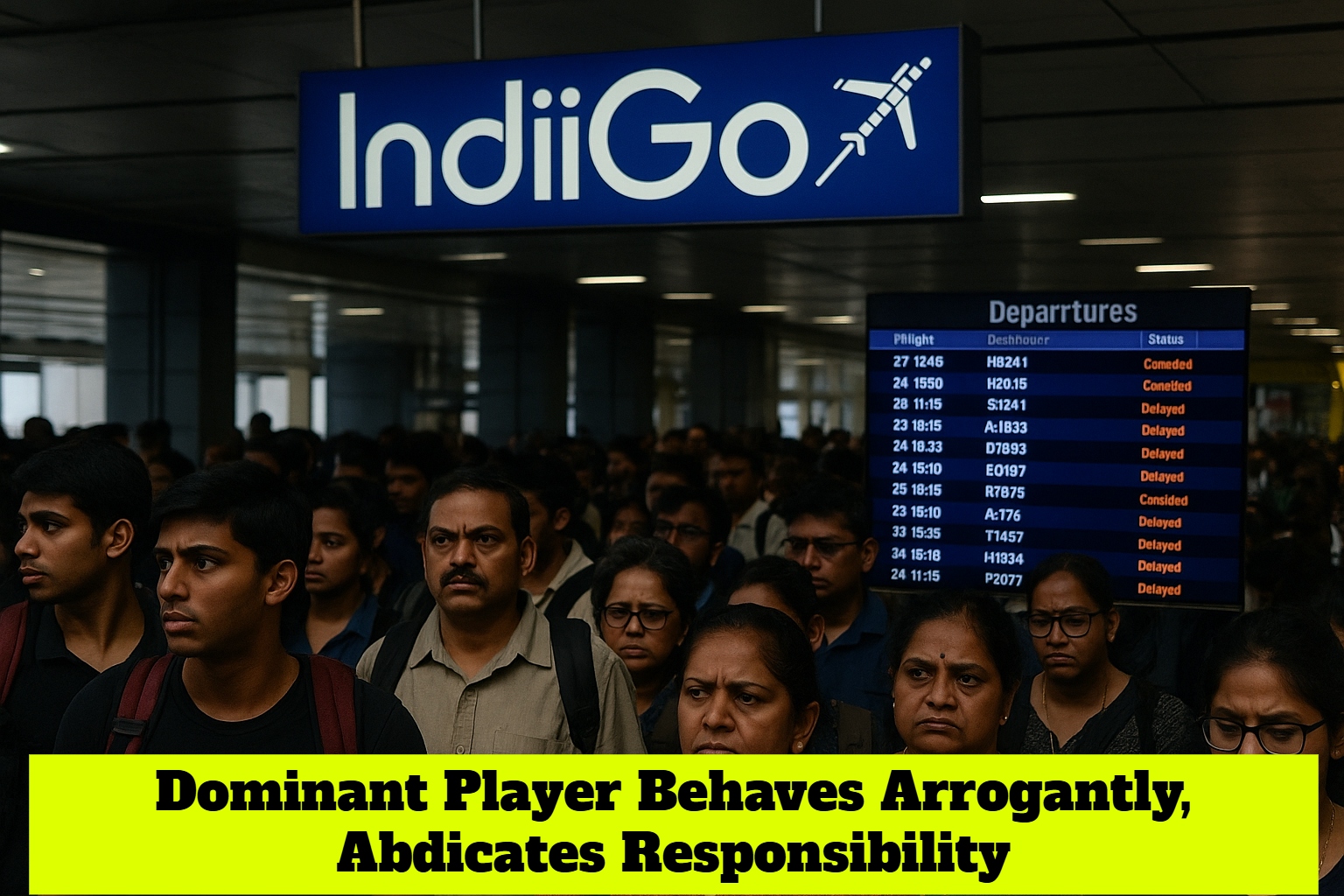

By Ashwini Agarwal
The Monetary Policy Committee (MPC) of the RBI lowered the repo rate by 35bps this time, taking it to 5.9 percent. This makes it the lowest in 9 years. The market was expecting a cut but the figure was a surprise. For the last several months, the MPC has been lowering the rate by 25bps. It is reported that while some members felt that 50bps would be too much, others felt that the standard 25bps would be low given that credit off-take was not improving. Hence, the middle rate of 35bps was arrived at. The stance remains accommodative as inflation is under control. The MPC expects it to remain benign for the next 12 months.
From the start of this rate-cut cycle, the MPC has cut the repo rate by 110 bps now. Before the present cut, out of the total reduction of 75bps, banks had transmitted only 29bps to the consumer. This was mainly due to the fact that the banks are paying a higher rate of interest on the fixed deposits lying with them. But since most of these deposits are short term, it is expected that the transmission will be bigger henceforth as new deposits will be taken at current rates. The RBI has also tweaked the norm of banks lending to NBFCs. Hitherto, banks could lend only 15% of their Tier-1 capital to a single NBFC. This has now been increased to 20%. This is likely to increase credit flow to NBFCs and reduce their liquidity crunch. This, in turn, will help them lend more, especially to the rapidly growing fintech sector.
But there are no takers for funds in these depressing conditions at even lower rates of interest. Almost two lakh crore of excess liquidity in the banking system had to be absorbed by the RBI. The money market rate has been lower than the repo rate for the last two months. During the time the banks have reduced lending rates by 29bps, the weighted average money market rate has come down by 78 bps and the 10-yr g-sec yield by 102 bps, as per The Economic Times. That is the main reason that there are no takers for bank loans. The other big reason is that in the present market condition, investors and entrepreneurs have little incentive to go for new projects as there is simply little or no demand for products.
Hence, rate cuts alone will not induce fresh investments from corporates. Most of them have reported below-average earnings for the last few quarters, signaling a downtrend. In such a scenario, they are unlikely to commit funds for either expansion or new projects. The government will have to take measures to boost consumption. That can only happen if people have money in their hands. Hence, the government will have to kick-start the economy by investments in infrastructure projects, either alone or in PPP mode. It will also have to initiate reforms that will aid growth.











